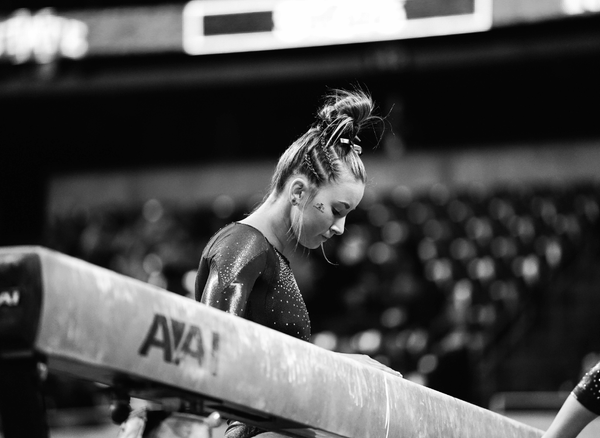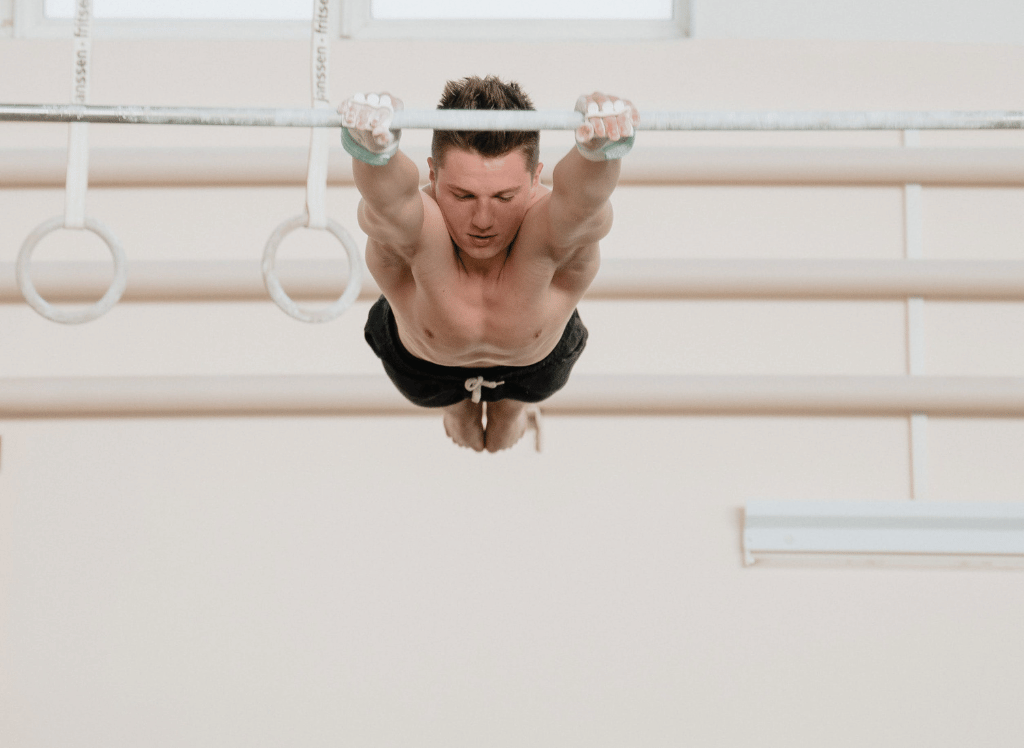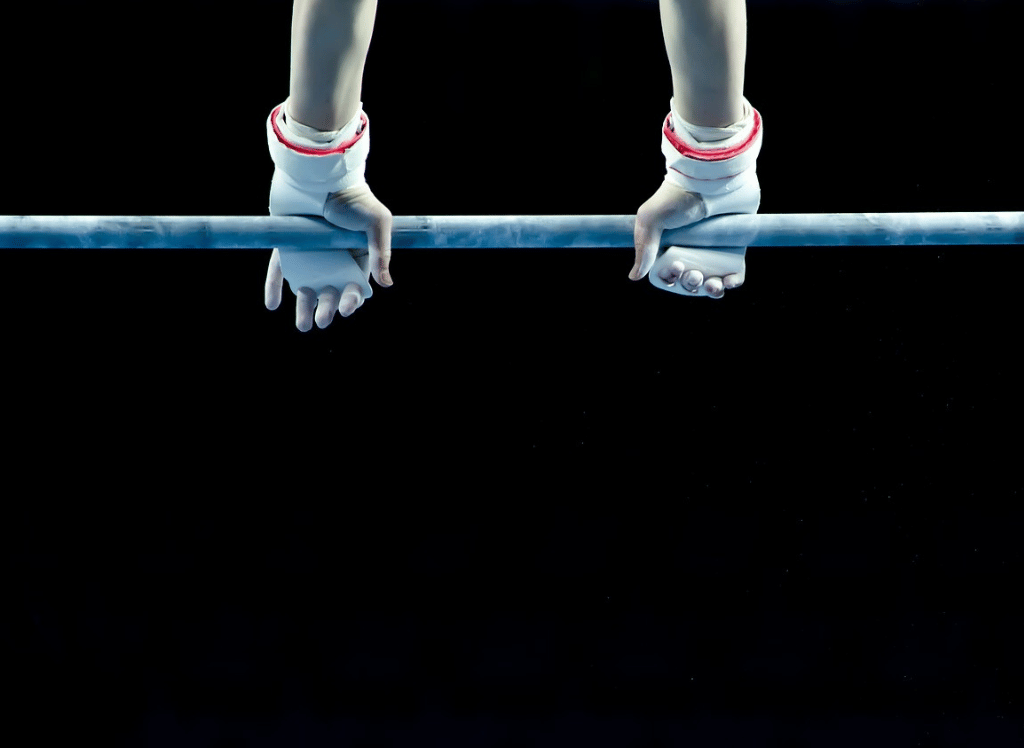The pommel horse has a storied past, dating back to ancient times when it was used to train soldiers in mounting and dismounting horses. Fast forward to the modern era, and it has become a cornerstone of men's artistic gymnastics. The apparatus itself has evolved, but the essence remains the same: a test of strength, balance, and precision.
The first gymnast to bring the pommel horse into the competitive spotlight was Friedrich Ludwig Jahn, often referred to as the "father of gymnastics." Jahn's influence spread across Europe, leading to the inclusion of the pommel horse in the first modern Olympic Games in 1896. Since then, it has been a staple in gymnastics competitions worldwide, from the European Championships to the World Championships.
Anatomy of the Pommel Horse
The pommel horse apparatus is a padded, rectangular piece of equipment with two handles, or "pommels," on top. These pommels are spaced about 40-45 centimeters apart and are used by gymnasts to support their bodies during routines. The entire apparatus is covered in leather, providing a firm yet slightly cushioned surface for the athletes.
Gymnasts perform a series of swings, circles, and other movements while keeping their legs straight and their bodies off the floor. The goal is to execute these movements with precision and fluidity, all while maintaining balance on the pommels. Points are scored based on the difficulty and execution of the routine, with deductions for any form breaks or falls.
Basic Modern Exercises on the Pommel Horse
Basic modern exercises on the pommel horse include circles, flairs, and scissors. Circles involve swinging the legs in a circular motion while keeping the body straight and balanced on the pommels. Flairs are more advanced, requiring the gymnast to swing their legs in a wide, circular motion while alternating hand placements on the pommels.
Scissors are another fundamental movement, where the gymnast swings their legs back and forth in a scissor-like motion. These exercises form the foundation of more complex routines and are essential for any gymnast looking to compete at a high level. Mastery of these basic movements is crucial for achieving high execution scores in competitions.
The Importance of Technique and Form
Technique and form are paramount in the pommel horse event. Gymnasts must keep their legs straight and their bodies aligned to avoid deductions. Even the slightest form break can result in a significant loss of points. Coaches at gymnastics clubs around the world emphasize the importance of perfecting technique and form from a young age.
Proper technique not only helps in scoring higher points but also reduces the risk of injury. The pommel horse can be unforgiving, and a misstep can lead to falls or strains. Therefore, athletes spend countless hours practicing and refining their movements to ensure they can perform with precision and confidence.
Famous Pommel Horse Champions
Over the years, many gymnasts have made their mark on the pommel horse event. One of the most notable is Max Whitlock, who has won multiple gold medals in the World Championships and Olympic Games. His routines are a masterclass in technique and execution, often leaving judges and audiences in awe.
Another legendary gymnast is Zoltán Magyar from Hungary, who dominated the pommel horse event in the 1970s. Magyar's unique style and innovative techniques earned him numerous victories, including two Olympic gold medals. These champions have set the bar high, inspiring future generations of gymnasts to strive for excellence.
The Role of Judges and Scoring
Judges play a crucial role in the pommel horse event, evaluating each routine based on difficulty and execution. The execution score is particularly important, as it reflects the gymnast's ability to perform movements with precision and grace. Deductions are made for any form breaks, falls, or other errors.
Scoring in the pommel horse event can be complex, with judges considering various factors such as the difficulty of the routine, the gymnast's form, and the overall flow of the performance. Athletes aim to achieve a balance between difficulty and execution to maximize their scores and improve their chances of winning medals.
Training and Preparation
Training for the pommel horse event is no walk in the park. Gymnasts spend years honing their skills, focusing on strength, flexibility, and technique. Coaches teach mounting and dismounting techniques, as well as the various movements required for a successful routine. Athletes also work on building their upper body strength, as it is essential for supporting their weight on the pommels.
Preparation for competitions involves rigorous practice sessions, often several hours a day. Gymnasts must also maintain a strict diet and fitness regimen to ensure they are in peak physical condition. The road to becoming a pommel horse champion is long and demanding, but the rewards are well worth the effort.
Pommel Horse FAQs
What is the pommel horse in gymnastics?
The pommel horse is a gymnastics apparatus used in men's artistic gymnastics. It consists of a padded, rectangular piece of equipment with two handles, or "pommels," on top. Gymnasts perform a series of swings, circles, and other movements while keeping their legs straight and their bodies off the floor.
How is the pommel horse scored?
Scoring in the pommel horse event is based on the difficulty and execution of the routine. Judges evaluate the gymnast's technique, form, and overall performance, making deductions for any errors or form breaks. The goal is to achieve a high execution score while performing a challenging routine.
Who are some famous pommel horse champions?
Some famous pommel horse champions include Max Whitlock from Team USA and Zoltán Magyar from Hungary. Both gymnasts have won multiple gold medals in major competitions like the World Championships and Olympic Games, setting the standard for excellence in the pommel horse event.
Summary
The pommel horse is a fascinating and challenging gymnastics event that requires a unique blend of strength, balance, and precision. From its historical roots to its modern-day prominence in competitions like the World Championships and Olympic Games, the pommel horse continues to captivate audiences and inspire athletes. With proper technique, rigorous training, and a passion for the sport, gymnasts can achieve great success on this iconic apparatus.







